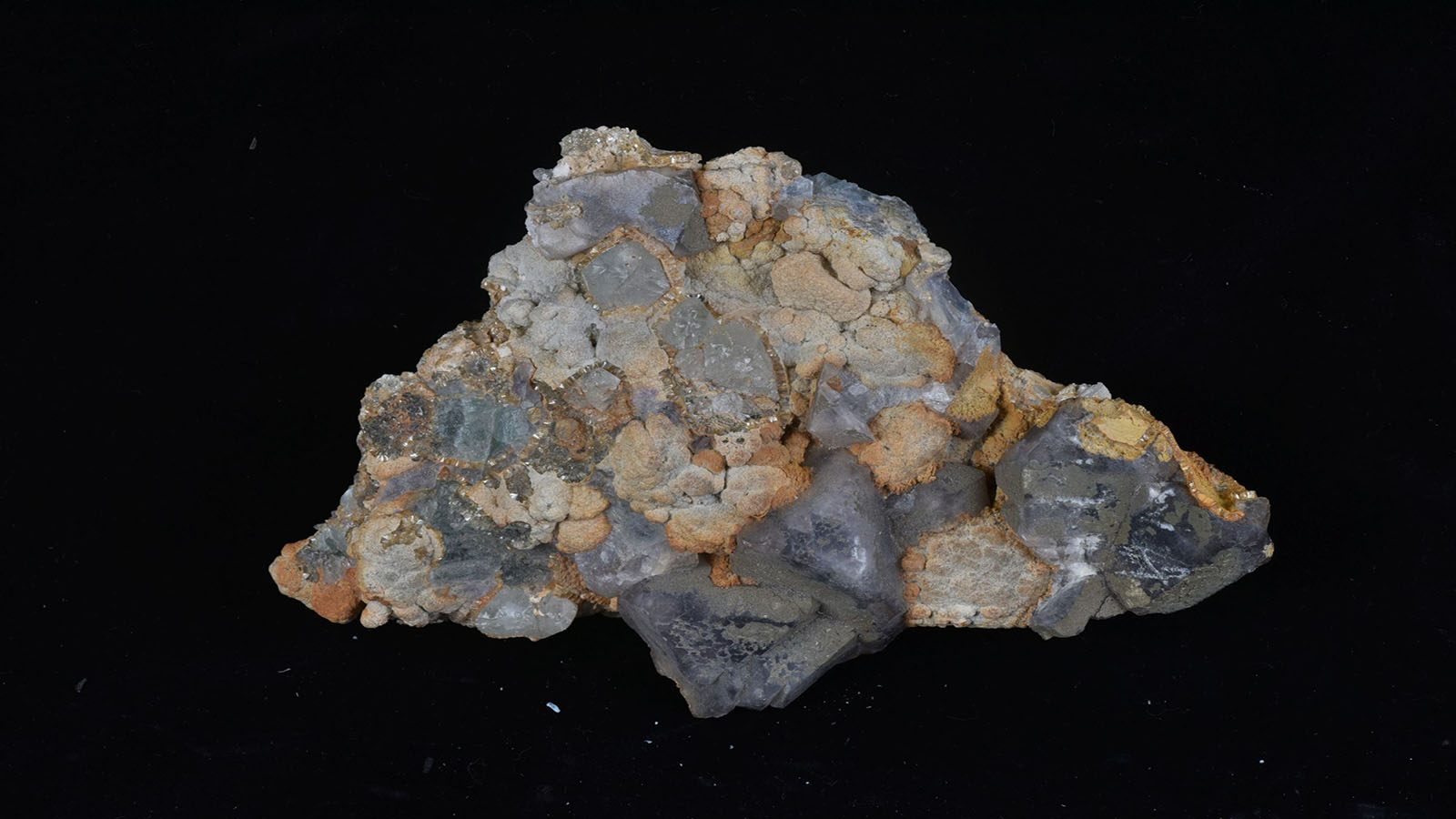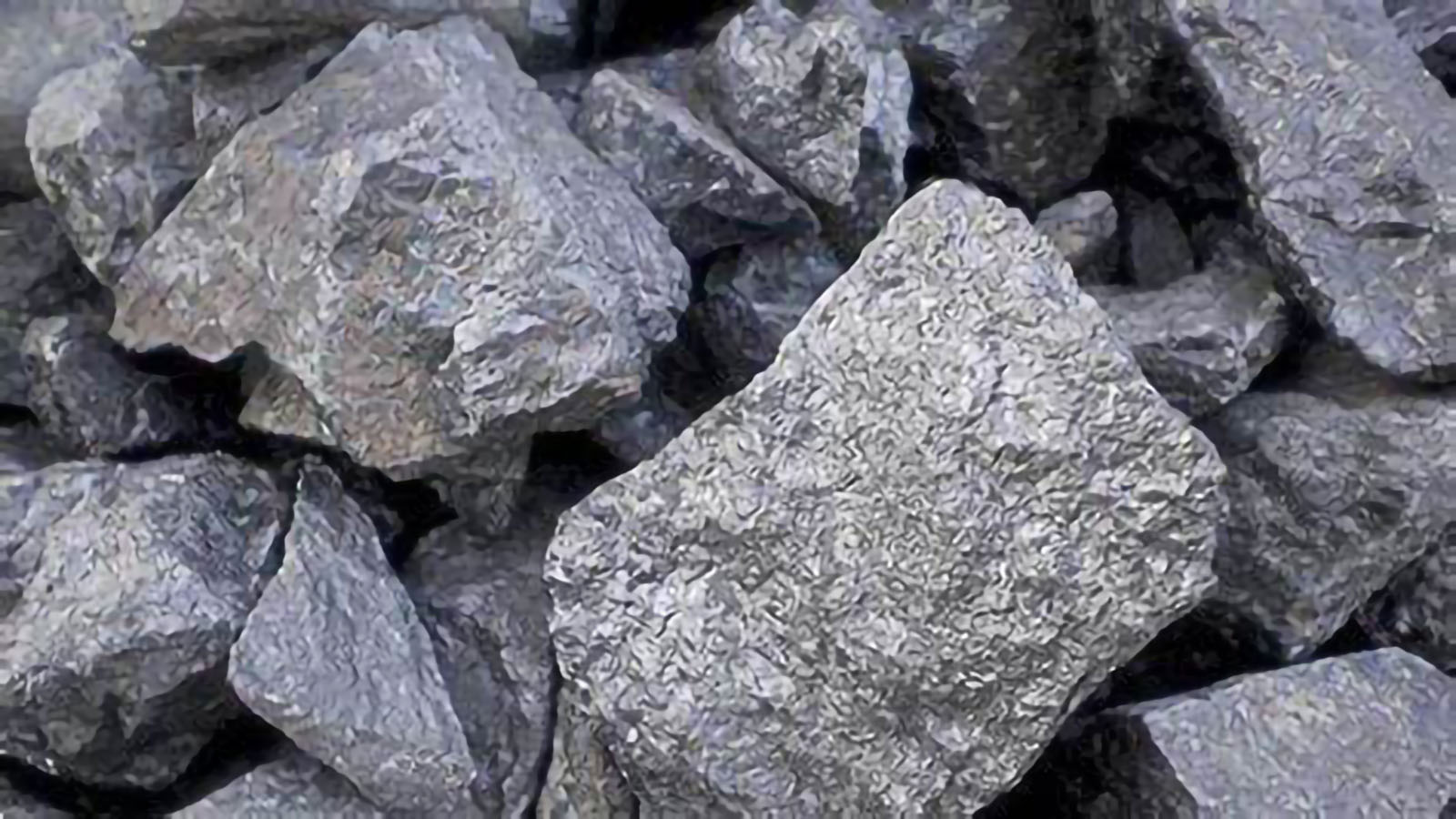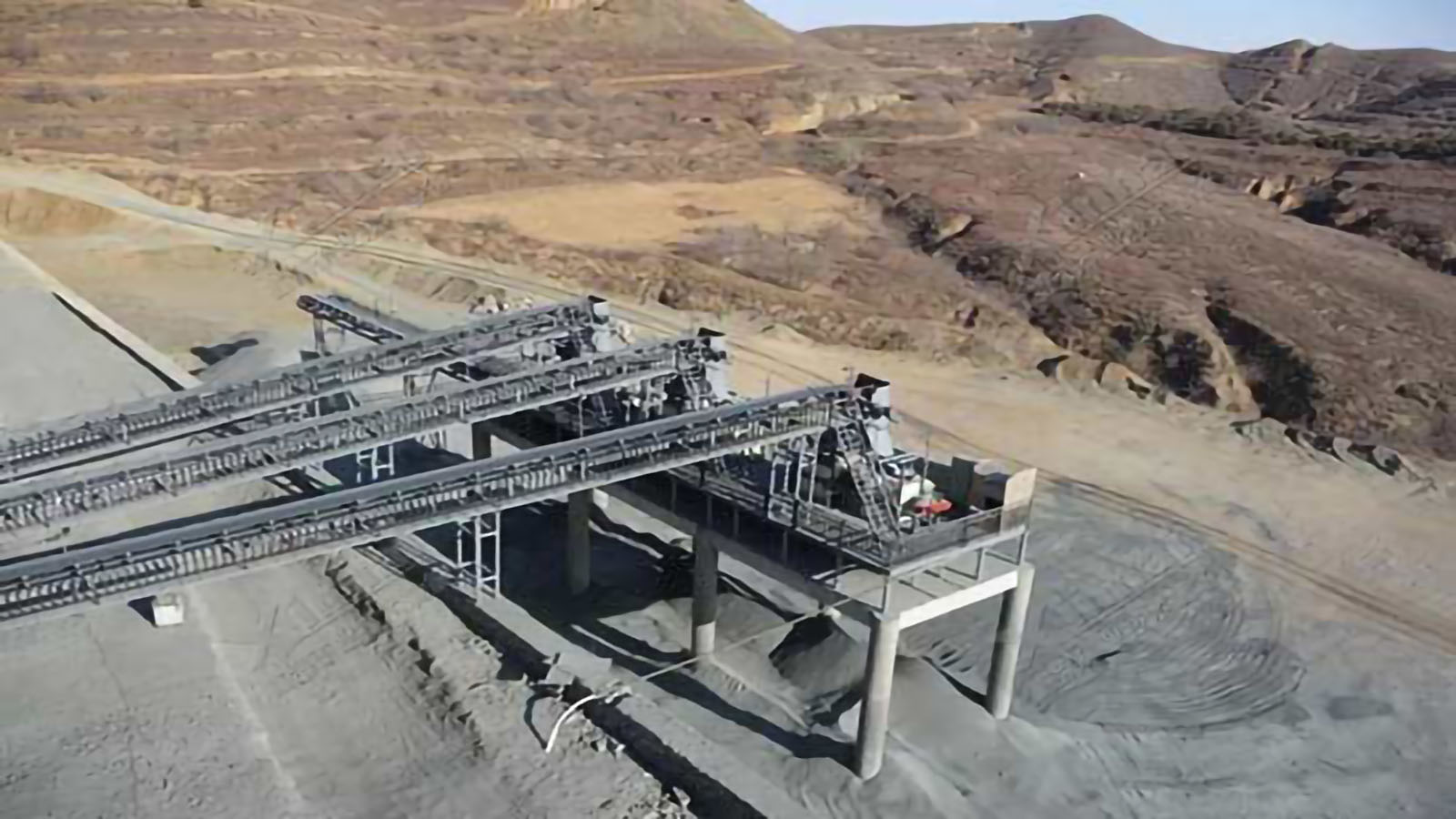
Tin, an essential industrial metal, requires increasingly sophisticated processing technologies as global resources trend toward lower grades and higher complexity. Zexin Mining's technical team has conducted comprehensive research on tin ore beneficiation methods and equipment configuration strategies to address these challenges. This article explores gravity concentration, flotation, magnetic separation, and chemical processing techniques, examining their optimal application scenarios based on the physical and chemical properties of tin ore.
Physical Properties and Processing Framework
Tin ore beneficiation technologies are fundamentally based on cassiterite's distinctive physical properties, particularly its high specific gravity (approximately 6.8-7.1 g/cm³), which significantly differs from gangue minerals (2.5-3.0 g/cm³). This density differential creates an ideal basis for gravity separation methods. However, the complex geological conditions of tin deposits often result in multiple associated minerals, making single processing methods insufficient for achieving optimal recovery rates. Through systematic analysis of tin ore characteristics, Zexin Mining has developed an integrated technical framework combining gravity separation with flotation, magnetic separation, and chemical processing methods to efficiently handle various tin ore types.
Gravity Concentration: The Core Technology for Tin Processing
Gravity concentration remains the primary method for tin ore beneficiation due to its process simplicity, low operating costs, and environmental friendliness. However, cassiterite's brittle nature presents specific challenges that require sophisticated process design and equipment selection strategies.
Process Characteristics and Optimization
Gravity concentration primarily targets coarse cassiterite particles, with heavy media separation often employed during pre-concentration stages. The brittle nature of cassiterite makes it susceptible to over-grinding, leading to potential losses of fine particles when different size fractions are processed together. To address this challenge, Zexin Mining has developed selective grinding and staged separation processes: low-intensity crushing coupled with coarse particle separation preserves naturally occurring coarse cassiterite, while multi-stage grinding and classification systems enable separate processing of different size fractions, significantly improving overall recovery rates. Strict control of classification and desliming operations is also crucial for ensuring gravity separation efficiency by effectively removing fine slimes that could interfere with the separation process.
Equipment Configuration and Optimization Strategies
Core equipment for tin ore gravity separation primarily includes shaking tables and jigs, complemented by grinding mills and classification equipment to form comprehensive processing systems:
- Shaking Table Systems: Primarily used for fine cassiterite separation (typically <1mm), these systems require precise parameter control. For tin ores with lower liberation degrees, Zexin Mining has developed multi-stage grinding and multi-stage gravity concentration processes. Through precise adjustment of table parameters, including deck inclination, stroke frequency, and water distribution, fine cassiterite recovery has been significantly enhanced. Practical experience demonstrates that optimized shaking table systems can improve tin recovery by 8-15 percentage points when processing the -0.5mm+0.074mm size fraction.
- Jigging Systems: Ideal for processing coarse cassiterite (typically >1mm), jigs can effectively separate particles as small as 0.04mm when the ore has good liberation and a specific gravity differential greater than 1.25. Zexin Mining has optimized jigging parameters for alluvial tin processing by adjusting pulsation frequency, bed depth, and water flow intensity to achieve efficient coarse cassiterite recovery.
- Grinding Systems: Tin ore grinding equipment primarily includes grate discharge ball mills, overflow ball mills, and wet rod mills. Grate discharge mills are suitable for primary coarse grinding, typically paired with spiral classifiers; overflow mills are employed for secondary fine grinding in closed circuits with hydrocyclones; rod mills, with their relatively lower grinding intensity, are preferred for initial grinding stages where controlling over-grinding is critical.
- Classification Systems: These include spiral classifiers for coarse particle classification (typically >0.15mm) and hydrocyclones for fine particle classification (down to 0.037mm). Appropriate configuration of classification system parameters is essential for preventing cassiterite over-grinding and ensuring targeted processing of different size fractions.
Flotation Technology for Fine Cassiterite Recovery
As easily processable tin resources diminish, the proportion of fine-grained, complex tin ores continues to increase, making flotation technology an essential method for processing these challenging materials.
Flotation Principles and Technical Challenges
Tin flotation primarily targets fine cassiterite particles (typically <0.074mm), using selective collectors to render cassiterite surfaces hydrophobic, enabling them to attach to air bubbles and separate from gangue minerals. However, tin flotation faces two major technical challenges: first, cassiterite's brittleness leads to over-grinding and sliming during the grinding process, reducing flotation efficiency; second, the ionic environment in the flotation pulp, particularly the presence of certain metal cations, significantly affects collector adsorption on cassiterite surfaces.
Flotation Technology Optimization and Equipment Selection
Zexin Mining has developed systematic technical solutions for cassiterite flotation:
- Pretreatment Systems: Implementing intense pulp agitation, large-diameter hydrocyclone classification, and small-diameter hydrocyclone desliming effectively controls particle size distribution and slime content in flotation feed. By lowering classification and desliming size limits, more favorable material conditions for flotation are created. Key equipment includes specialized conditioning tanks and various hydrocyclone specifications.
- Flotation Equipment Selection: Equipment choices are based on specific tin ore characteristics, primarily divided into mechanical agitation and forced-air types. Mechanical agitation flotation machines include SF, JJF, and BF models, suitable for processing typical cassiterite particle sizes; forced-air types include KYF, XCF, GF, and CLF coarse particle models, with the latter particularly suited for relatively coarser cassiterite fractions.
- Reagent System Optimization: Reagent selection is critical for flotation performance. Common collectors include fatty acids, alkyl hydroxamates, phosphonic acids, alkyl sulfonated succinic acids, and spleen acids. Modifiers are categorized as activators (such as sulfuric acid, copper sulfate, sodium sulfate, hydrochloric acid, and soda), depressants (including sodium silicate, lime, and sodium hexametaphosphate), and pH regulators (such as salicylhydroxamic acid, oxime acid, P 86, and pine oil). Through systematic testing, Zexin Mining has established specialized reagent formulations for different tin ore types, significantly improving flotation performance indicators.
Magnetic Separation in Complex Tin Ore Processing
Tin ores frequently contain associated iron oxide minerals and tungsten minerals, making magnetic separation a critical component in processing these complex materials when gravity or flotation alone cannot achieve satisfactory separation.
Magnetic Separation Classifications and Applications
Tin ore magnetic separation primarily employs wet high-intensity and dry magnetic separation technologies. Wet high-intensity magnetic separation is used to remove iron from raw ore, middlings, and concentrates before gravity separation, eliminating strongly magnetic minerals that would interfere with subsequent processes; dry magnetic separation is primarily applied to tin ores containing tungsten minerals, particularly for separating cassiterite from wolframite and scheelite in coarse particle products.
Magnetic Separation Equipment Characteristics
- Wet High-Intensity Magnetic Separators: Featuring large-arc magnetic systems that increase separation zone length and magnetic field reversal frequency, these separators enable efficient separation of magnetic from non-magnetic (or weakly magnetic) minerals. The improved wet high-intensity magnetic separators employed by Zexin Mining in tin processing achieve efficient separation of weakly magnetic iron oxides through optimized magnetic field intensity distribution and pulp flow control.
- Dry Magnetic Separators: Primarily used to separate coarse wolframite, scheelite, and cassiterite. Since tin and tungsten minerals have similar high densities, dry magnetic separation is often combined with subsequent electrostatic separation to effectively separate these minerals with similar densities but different magnetic properties.
Chemical Processing Methods for Low-Grade Tin Ores
As high-grade, easily processable tin resources gradually deplete, developing low-grade, compositionally complex tin veins presents new challenges. Chemical processing technologies offer viable solutions for these difficult-to-process tin ores.
Chemical Processing Method Classifications
Current tin ore chemical processing primarily includes three technological approaches: sulfidizing roasting, chloridizing roasting, and roasting-leaching. Chloridizing roasting is particularly suitable for difficult-to-process tin ores where iron and tin oxides are intimately intergrown. The process typically involves mixing low-grade tin ore with carbon powder and calcium oxide to form pellets, which undergo roasting treatment. The resulting tin chloride is collected through specially designed absorption systems and ultimately converted into metallic tin products.
Chemical Processing Method Selection Criteria
Chemical processing method selection depends on tin ore grade and mineralogical composition. Sulfidizing roasting is more effective for tin ores with higher sulfide content; chloridizing roasting is more suitable for ores containing iron-tin composite oxides; while roasting-leaching methods provide higher selectivity and recovery rates for ores with complex, difficult-to-dissolve components.
Combined Processing Technologies and Process Flow Optimization
Facing increasingly complex tin ore characteristics, single processing methods can no longer meet efficient recovery requirements. Based on years of engineering practice, Zexin Mining has developed core strategies for combined tin ore processing.
Advantages of Combined Processing Technologies
Combined tin ore processing technologies fully leverage the advantages of various beneficiation methods while overcoming individual limitations. Through rational combination of gravity concentration, flotation, magnetic separation, electrostatic separation, and other technologies, targeted recovery of tin minerals with different particle sizes and occurrence states can be achieved, significantly improving overall processing efficiency and economic benefits. Practical experience demonstrates that combined processes not only increase total tin recovery but also enable comprehensive utilization of associated valuable elements.
Typical Combined Process Flowsheets
Zexin Mining has developed a series of typical combined process flowsheets for different tin ore types:
- Gravity-Flotation Combined Process: Suitable for ores with wide particle size distribution containing both coarse and fine cassiterite, using gravity separation to recover coarse particles and flotation to recover fine particles, achieving efficient recovery across all size fractions
- Gravity-Magnetic-Flotation Combined Process: Appropriate for iron-tin mixed ores, first removing strongly magnetic minerals through magnetic separation, then recovering coarse cassiterite through gravity separation, and finally recovering fine cassiterite through flotation
- Gravity-Chemical Processing Combined Process: Applicable to complex tin ores containing difficult-to-process components, using gravity separation to recover easily processable fractions and chemical methods to treat refractory components
Process Optimization and Equipment Matching
The key to combined processing technologies lies in precise coordination between process stages and appropriate equipment matching. Through systematic experimental research, Zexin Mining has established tin ore processing parameter optimization models, achieving interface optimization between process stages and coordinated parameter adjustment. In equipment configuration, emphasis is placed on matching process requirements with equipment performance through complementary equipment functions and parameter optimization to ensure efficient overall process operation.
Tin Ore Processing Technology Trends and Implementation Recommendations
Tin ore processing technology is evolving toward greener, smarter, and more integrated directions. Future technological development will focus on efficient fine cassiterite recovery, effective separation of complex associated minerals, and reduction of energy and reagent consumption. Zexin Mining recommends that tin ore processing solution design should be based on detailed ore characterization, with systematic beneficiation testing to determine optimal process routes and equipment configurations. Simultaneously, process control and online monitoring technologies should be strengthened, using digital and intelligent methods to enhance processing stability and adaptability.
In conclusion, tin ore processing technology selection should be based on scientific assessment of ore characteristics, rationally combining different beneficiation methods and configuring appropriate equipment to achieve efficient tin resource development and utilization. With continuous technological advancement, tin ore processing will achieve increasingly efficient, environmentally friendly, and economical development objectives.
Related News

Efficient Beneficiation Technologies for Associated Fluorite Ores: Technical Solutions and Practical Applications for Different Co-existence Types

In-Depth Analysis of Zircon-Titanium Ore Beneficiation Technologies: Mineral Characteristics and Industrial Separation Process Breakthroughs
